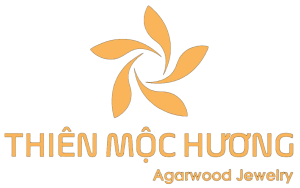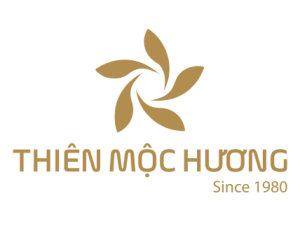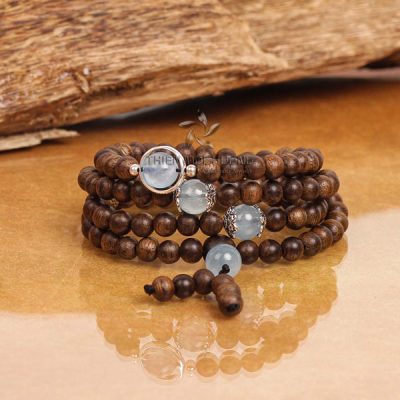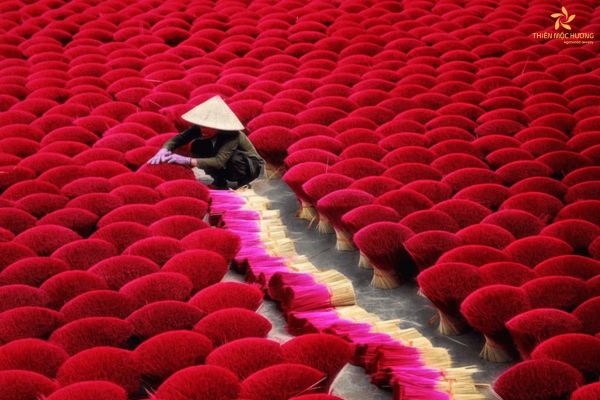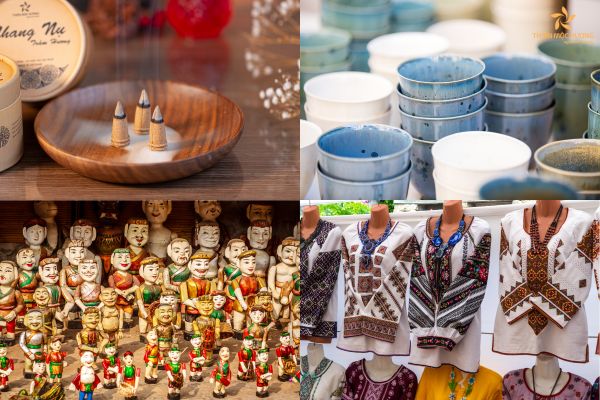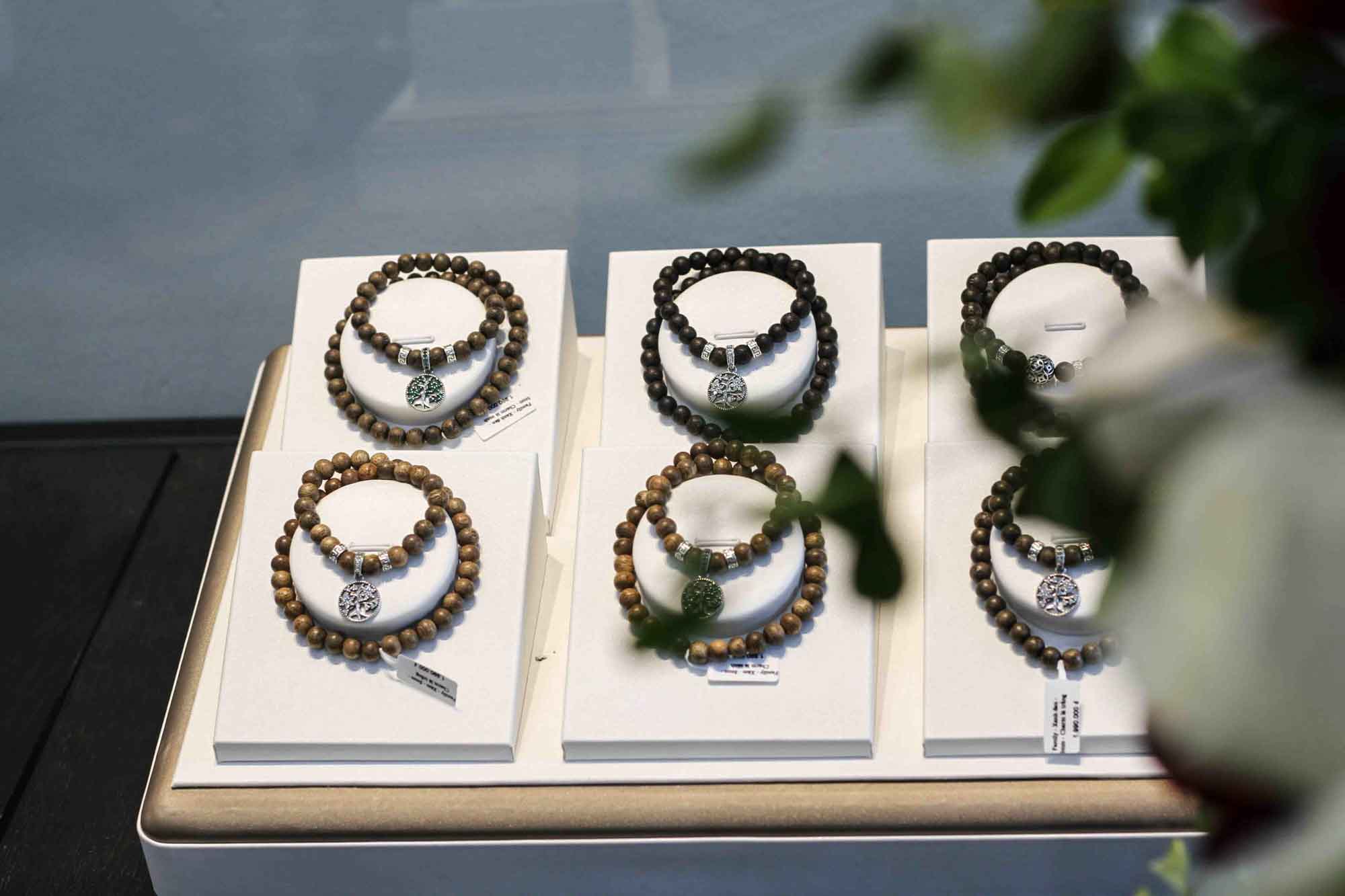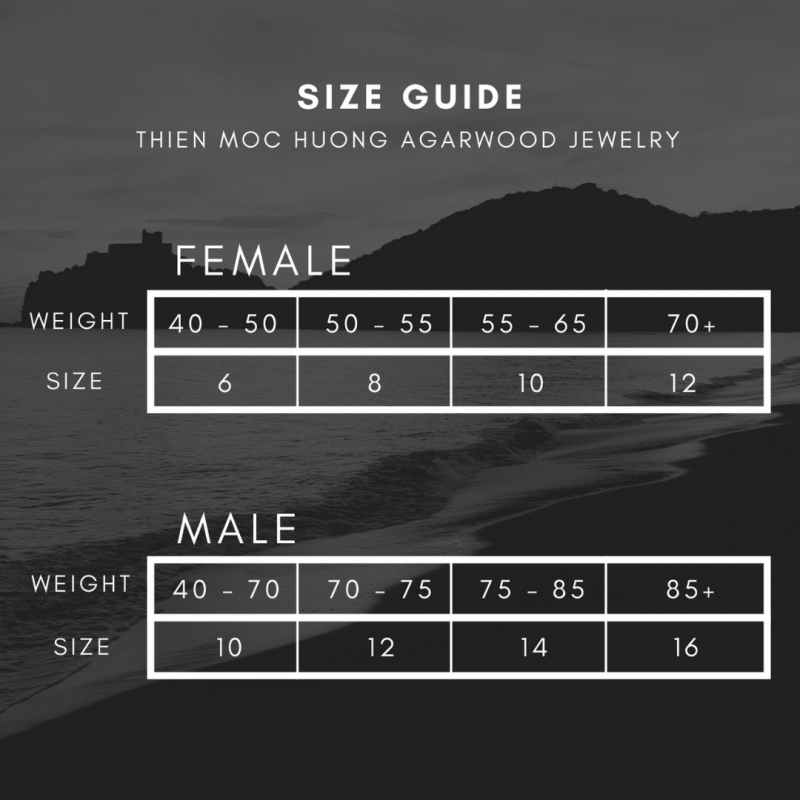The Mid-Autumn Festival falls on the 15th day of the 8th lunar month every year. It is one of the most special occasion of Vietnamese people. In this article, we will explore when is the Vietnam Mid-Autumn festival in 2023 and the significant story behind Vietnam Mid-Autumn festival in 2023.
I. What is the Vietnam Mid-autumn festival?
Are you aware? Mid-autumn festival in Vietnamese or happy mid autumn festival in Vietnamese means “Mừng Tết Trung Thu”. Mid-Autumn Festival is considered one of the major festivals of the year. On this day, children play, carry lanterns, and enjoy festive treats, while adults gather to drink tea, eat mooncakes, and admire the moon. More than just a family event, it’s also a time to appreciate neighbors and distant friends. Let’s explore the origins and meaning of this fascinating holiday!
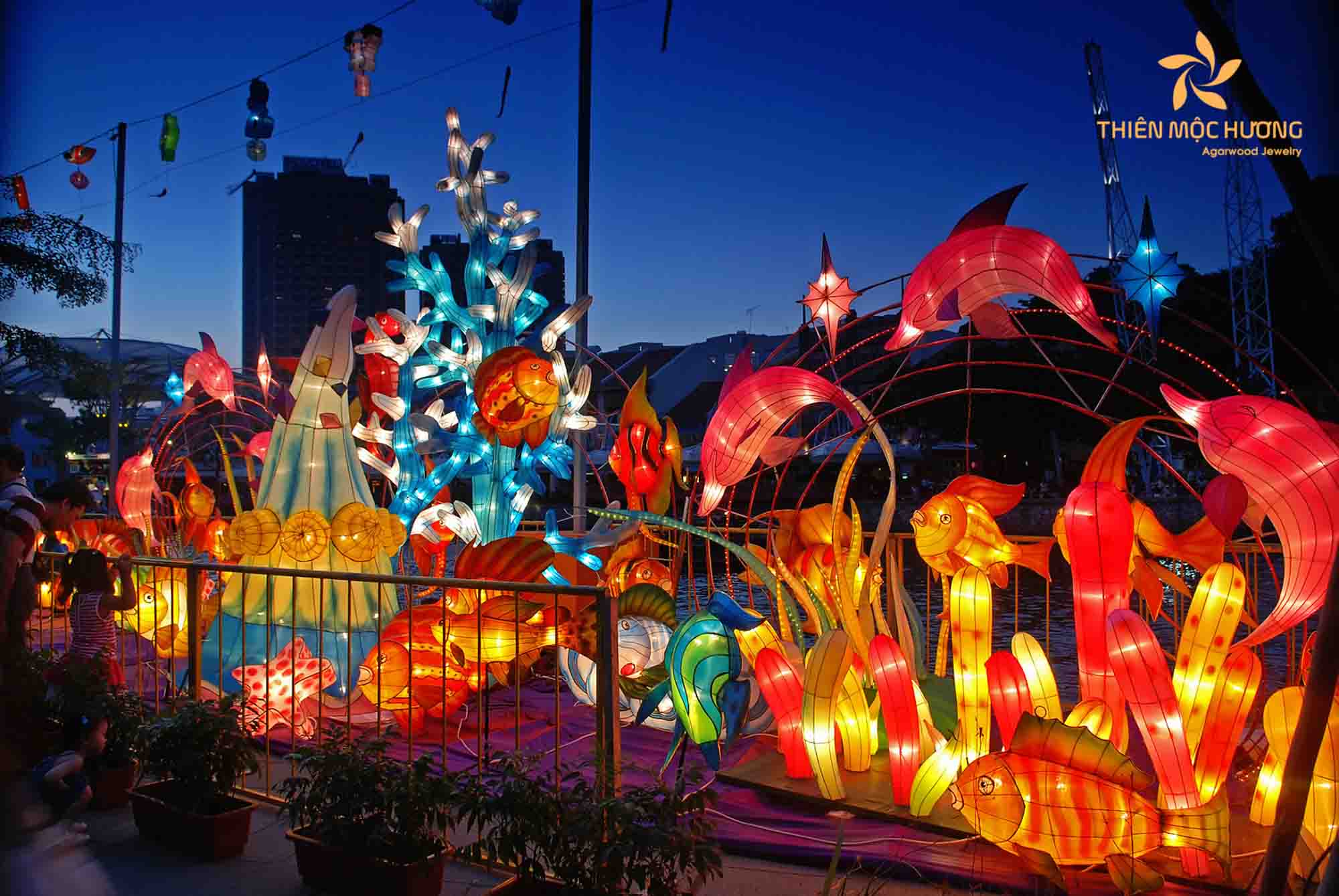
II. When is the Vietnam Mid-autumn festival?
Traditionally, the Mid-Autumn Festival, also known as the Lantern Festival, Moon-Viewing Festival, or the Reunion Festival, falls on the 15th day of the 8th lunar month. Children eagerly anticipate it because they often receive gifts like star lanterns, carp-shaped lanterns, toys, and get to eat baked and sticky mooncakes.
The Mid-Autumn Festival in 2023 will take place on August 15th of the lunar calendar, which corresponds to September 29th, 2023 on the Gregorian calendar.
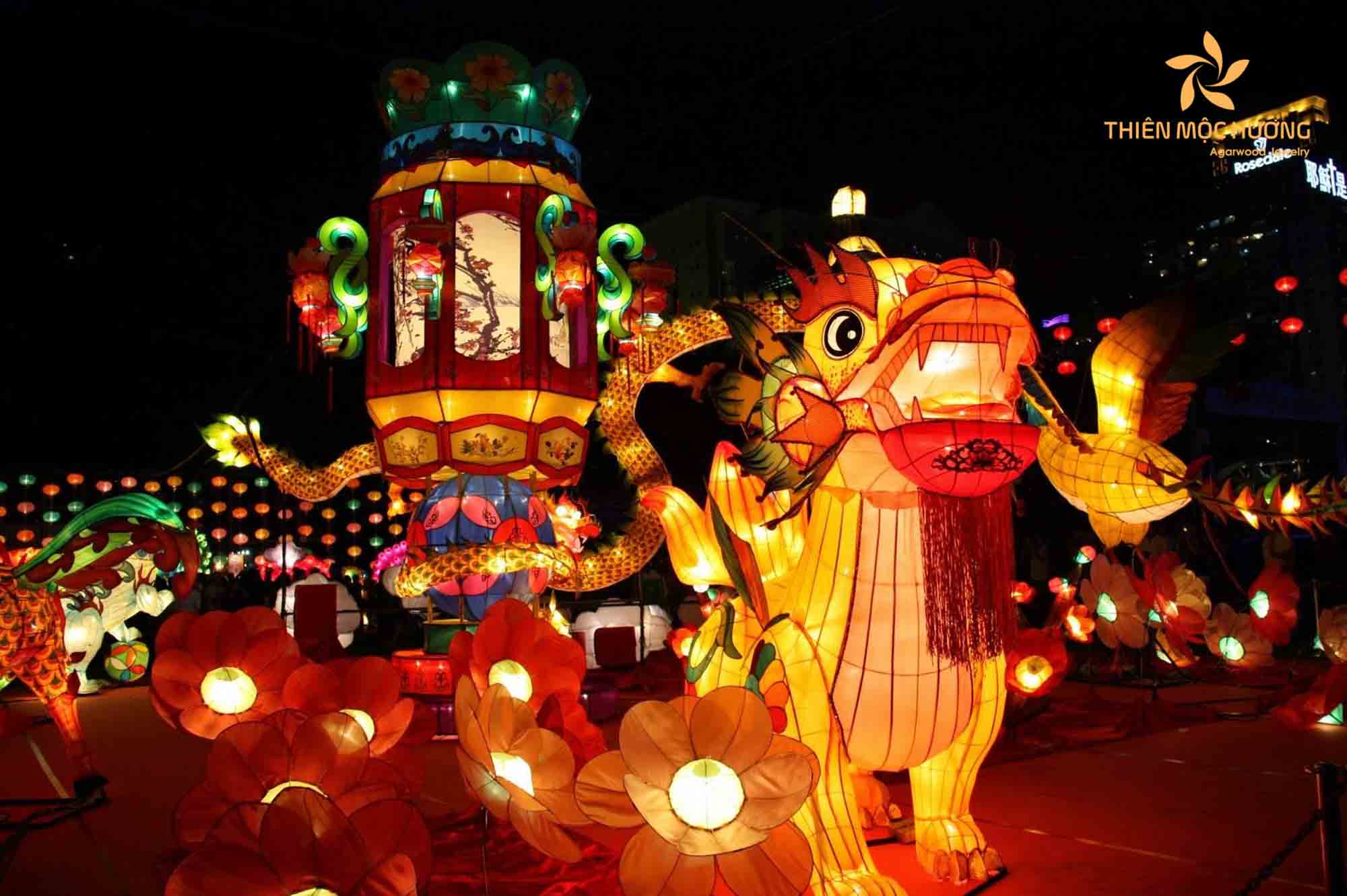
III. The origins and legend of the Mid-Autumn Festival
1. The tale of the emperor visiting the moon palace on the 15th night of the 8th lunar month
An ancient story recounts that on one Mid-Autumn night, the moon shone exceptionally bright and round. Emperor Tang Ming Huang (713-741 AD) decided to walk in his royal garden, enjoying the refreshing breeze under the bright moonlight. While admiring the scene, he encountered a sorcerer with magical powers who transported him to the moon palace.
In the moon palace, the surroundings were breathtaking. Enthralled by the beauty, the emperor enjoyed the dances and songs of the heavenly maidens. So engrossed, he lost track of time. The sorcerer had to remind him of the approaching dawn. Reluctantly, the emperor returned, but his heart remained enchanted by the moon palace.
Upon his return, the emperor, still captivated by his otherworldly experience, commanded his subjects to celebrate with lantern parades and feasts every Mid-Autumn night. He and his consort, Yang Gui Fei, would also indulge in wine under the moon, reminiscing about the magical journey.
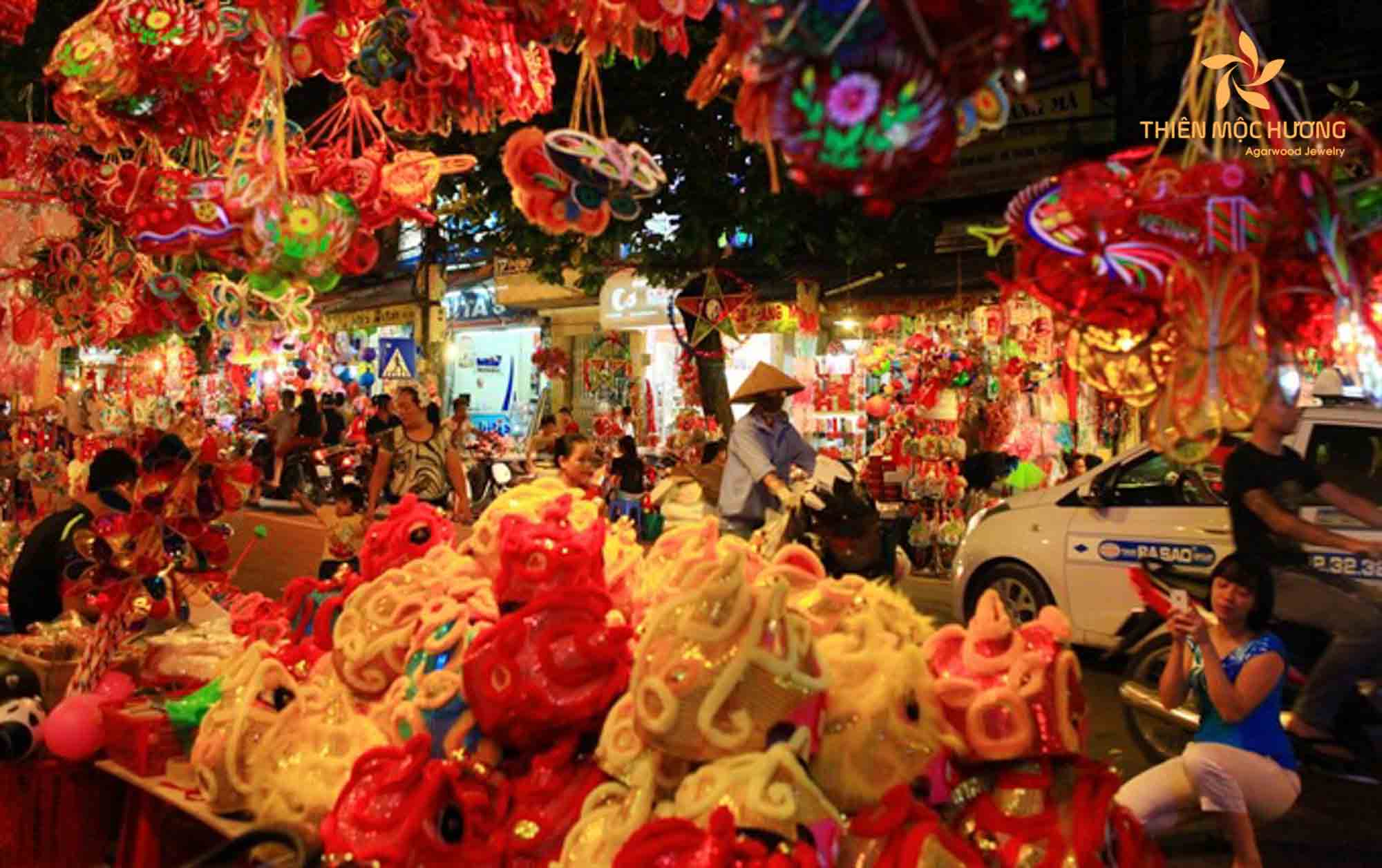
From then on, the tradition of lantern parades and feasts on Mid-Autumn nights became a cultural practice.
Another version claims that these celebrations, with lanterns and feasts, marked Emperor Tang Ming Huang’s birthday. Since the Mid-Autumn Festival coincided with the emperor’s birthday, the Tang Dynasty ordered celebrations throughout the land, expressing joy and wishing the emperor longevity.
From that time onwards, hanging lanterns and feasting on this day became a customary practice. Both the Chinese and Vietnamese make mooncakes for offerings, consumption, gifting to relatives, and serving to guests. Both cultures also organize lantern parades on Mid-Autumn night.
2. The tale of lady Hằng Nga
There’s another legend associated with the Mid-Autumn Festival involving the couple, Hậu Nghệ and Hằng Nga. Both were once immortal deities living on the moon. However, due to jealousy and hatred, Hậu Nghệ was falsely accused and subsequently banished to live among the mortals.
One day, the ten sons of the Jade Emperor transformed into ten suns, scorching the Earth and causing drought. Failing to control his sons, the Jade Emperor summoned Hậu Nghệ for assistance. Using his exceptional archery skills, Hậu Nghệ shot down nine of the suns, sparing only one to serve as the sun.
In gratitude, the king gifted him an immortality pill, instructing him to only consume it after a year. Hậu Nghệ took it home and safely stored it in a box, warning Hằng Nga not to open the box.
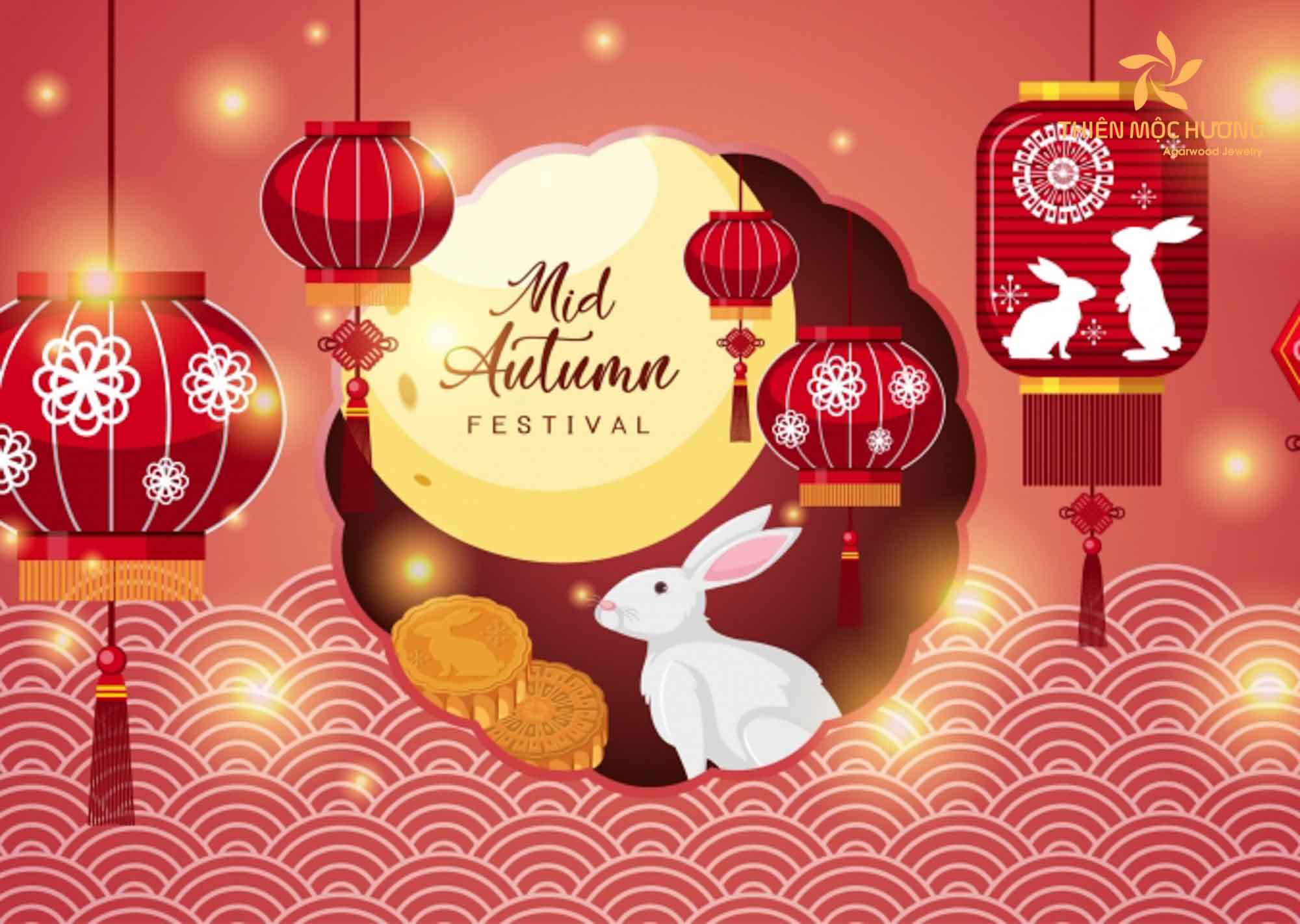
Yet, during his absence, Hằng Nga’s curiosity got the better of her. She opened the box and swallowed the pill. As he returned, it was too late; Hằng Nga was already ascending to the moon. Since that day, even with her deep longing, she could not return to Earth.
Down on Earth, Hậu Nghệ missed his wife dearly. He built a palace on the sun named “Dương”, while Hằng Nga built a corresponding one named ” m” on the moon.
Every year, on the night of the Mid-Autumn Festival, they reunite, celebrating their enduring love.
3. Facts about mid autumn festival – The legend of uncle Cuội in the moon palace
One day, the Jade Emperor announced a “Mid-Autumn cake-making” contest. The one who crafted the tastiest, most visually appealing cake would receive a special reward.
Hằng Nga descended to Earth and met Cuội, a witty man known for his jokes. Cuội advised her to mix all ingredients and bake them. Miraculously, the resulting cakes were delicious, with children praising their taste.
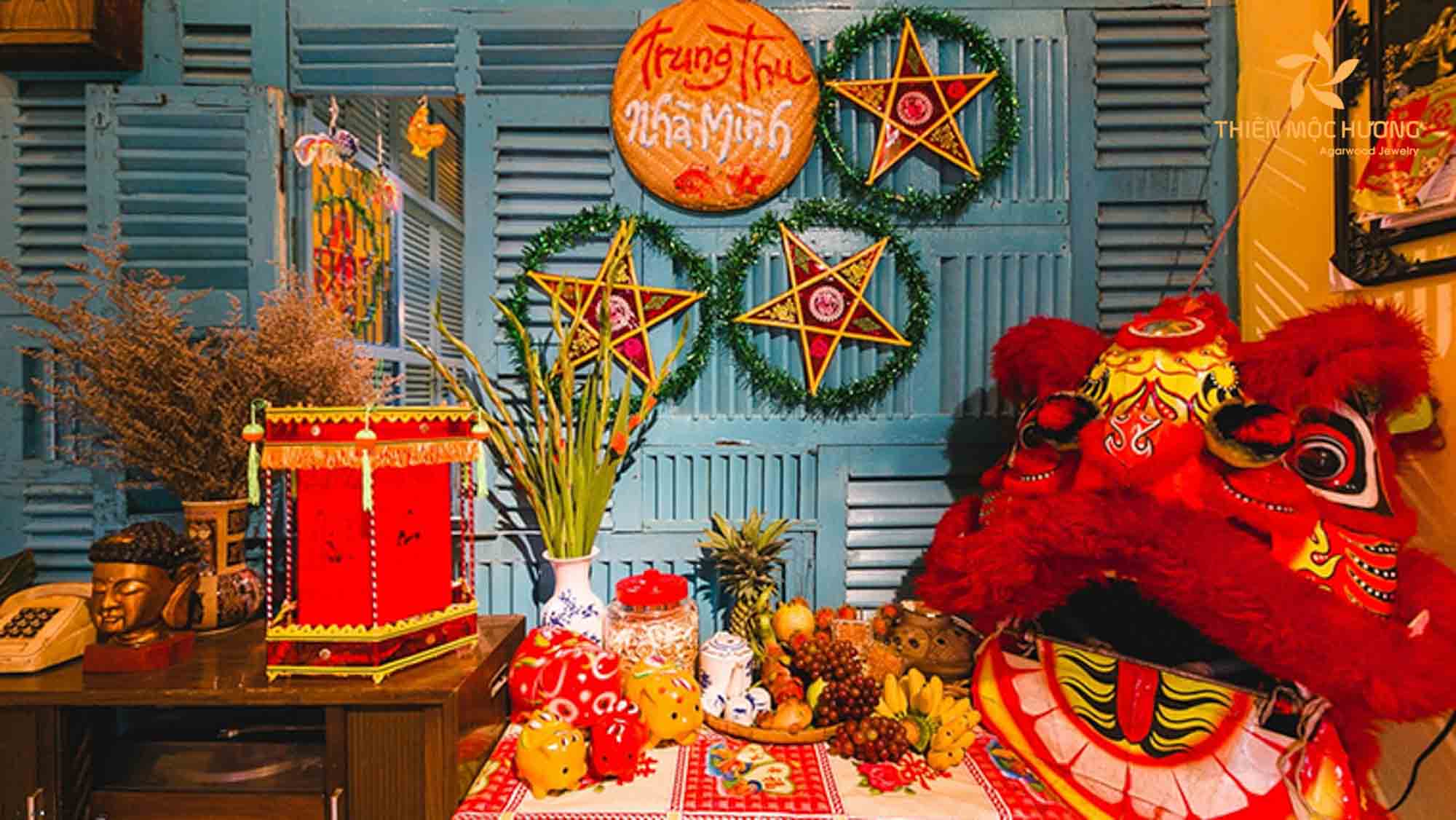
Upon returning to the moon, Hằng Nga entered her cakes in the contest. However, Cuội, not wanting to part with Hằng Nga, grabbed her hand. This unusual act magically pulled him and a local Banyan tree up to the moon. There, sitting on the tree, Cuội could watch children playing below. Overwhelmed with homesickness, he often shed tears of sorrow.
Hằng Nga’s cakes won first prize and were named “Mid-Autumn cakes”. She made a wish: every Mid-Autumn Festival, she and Cuội would descend to Earth to play with the children. From then on, the Jade Emperor named the festival the “Mid-Autumn Festival”, marking it as a joyous occasion for children.
IV. Meaning of the Vietnam Mid-autumn festival – Do Vietnamese celebrate mid autumn festival?
Originally, the Mid-Autumn Festival was for adults to appreciate the scenery, eat mooncakes, and drink tea while moon-gazing in mid-autumn. On this day, with the bright moon in the high sky, it’s perfect for observing celestial bodies and predicting the agricultural season and the nation’s destiny.
However, over time, the festival has become a children’s holiday. Kids love customs like lighting lanterns and sharing festive meals. Vietnamese parents set up festive meals for their children to celebrate. They buy and create various lanterns lit by candles for decoration and for kids to parade with. This gives children a glimpse of the care and love parents have for them.
Additionally, this is a time for younger generations to express gratitude to their grandparents and parents. People buy mooncakes, tea, and wine for ancestor worship, to gift grandparents, parents, teachers, friends, relatives, and other benefactors. Thus, it strengthens the bonds of family love, neighborly ties, and friendships.
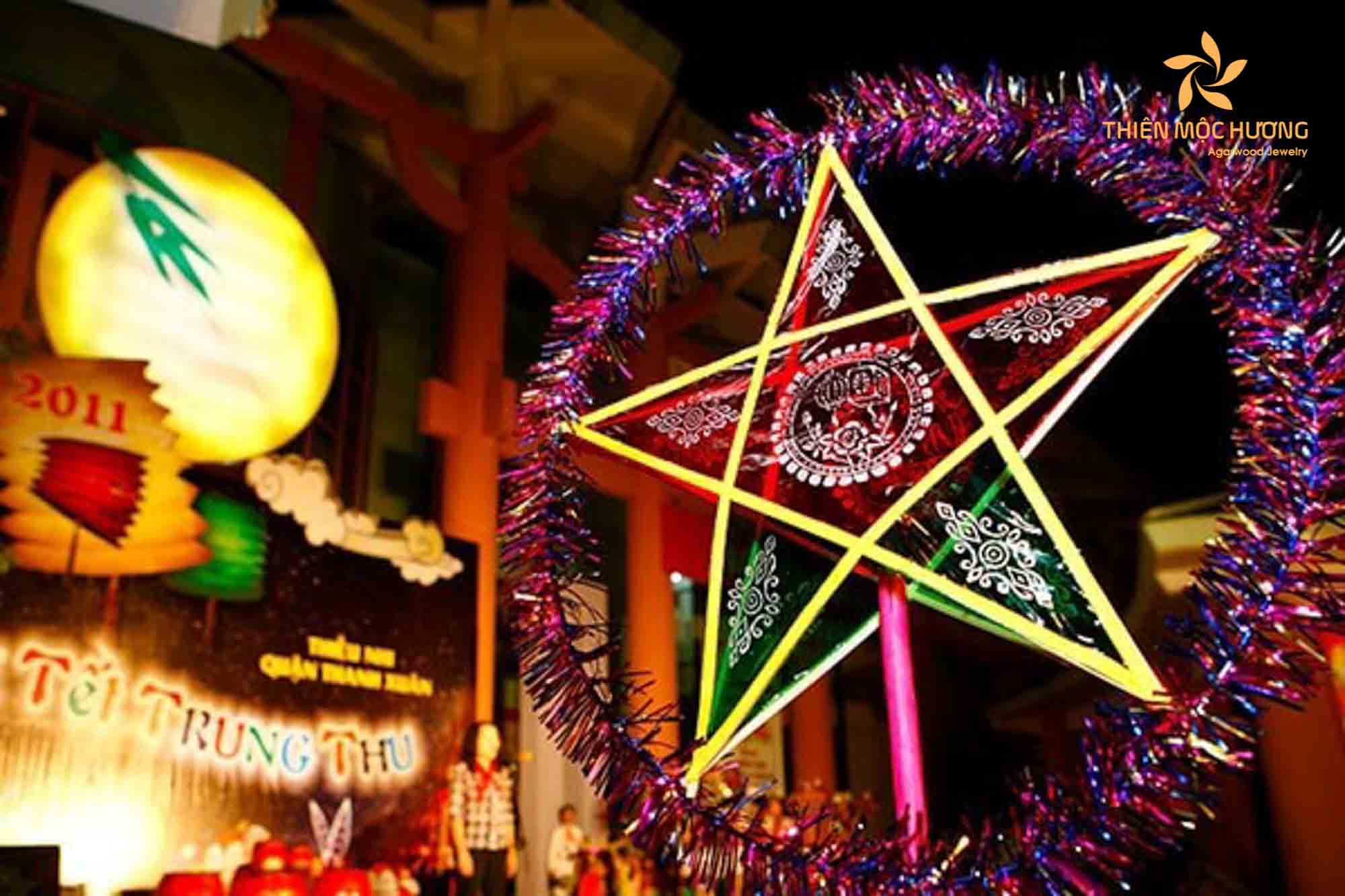
This beautiful tradition continues to this day. As times have changed, so has the meaning of the Mid-Autumn Festival. Nowadays, in an era where nuclear families live separately and individuals often move away for work, the Mid-Autumn Festival offers a chance for family reunions. It’s a break from the rush of daily life, where family members come together, sharing stories from afar and cherishing moments close to home. It has evolved to become a family-centric festival, celebrating kinship.
On Mid-Autumn night, with the ground bathed in golden moonlight, villages gather to drink green tea, eat mooncakes, and arrange fruits and sweets for children to enjoy. They play with lanterns, watch lion dances, gaze at the moon, and share meals.
Just as in the past, people buy mooncakes, tea, and wine for various purposes – worship, gifting, and expressing gratitude. It truly is a wonderful occasion for younger generations to show gratitude and for people to care for one another.
V. Different names for Vietnam Mid-autumn festival
The Mid-Autumn Festival is a long-standing tradition in Vietnam, so there are various names for this holiday, such as Reunion Festival, Lantern Festival, Moon-Viewing Festival, Children’s Festival, and more.
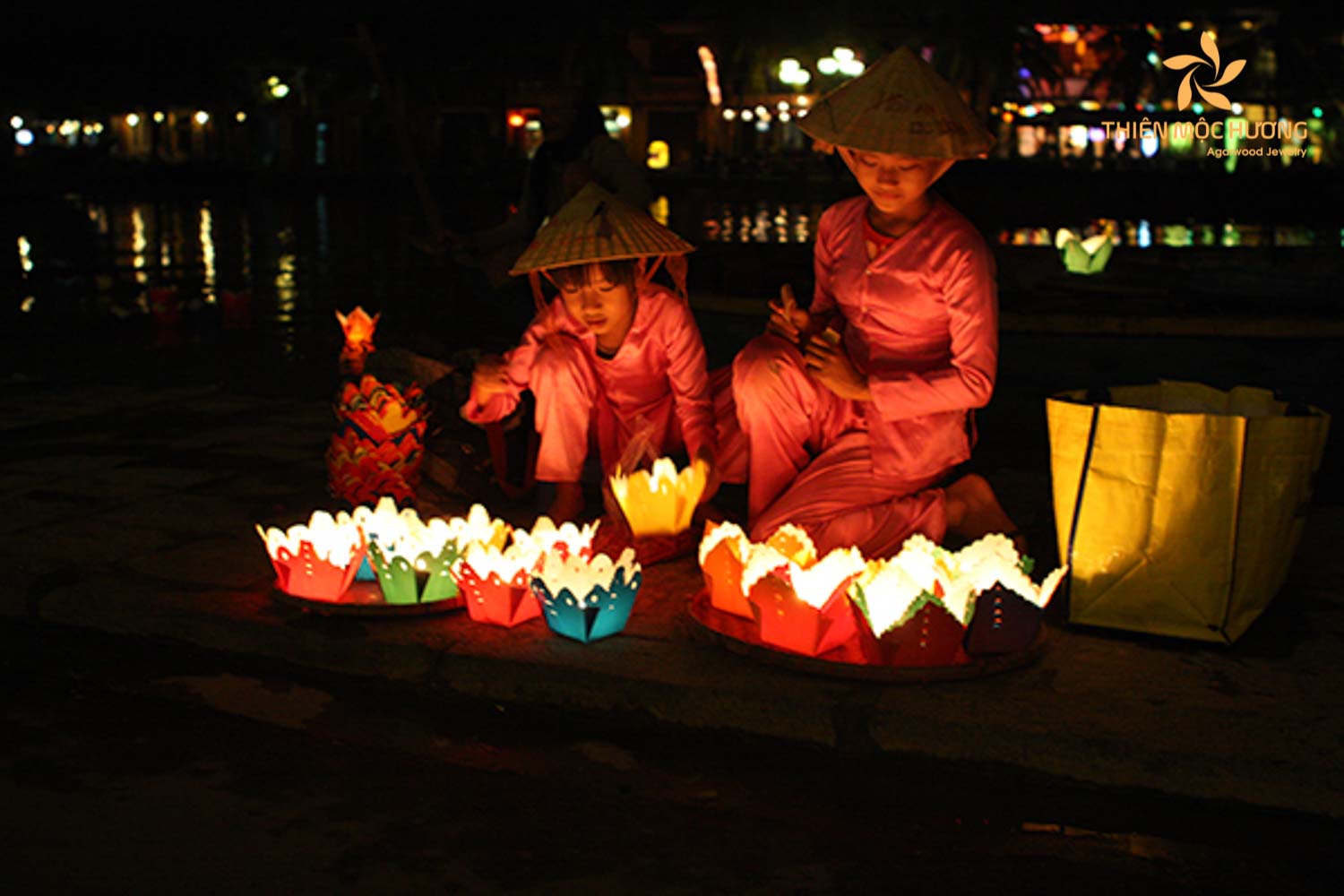
VI. Facts about mid autumn festival – Do’s and Don’ts on Mid-Autumn festival
Mid-Autumn Festival is a time for enjoyment and expressing gratitude to ancestors and grandparents. However, to fully embrace this day, it’s important to be mindful of what to do and what not to do.
Among the things you should do are wearing red clothes, offering incense to ancestors, and styling your hair to one side. Conversely, activities that should be avoided on this day include limiting outdoor activities far from home, wearing dark-colored clothes, and refraining from going out if you’re unwell or have a weak constitution.
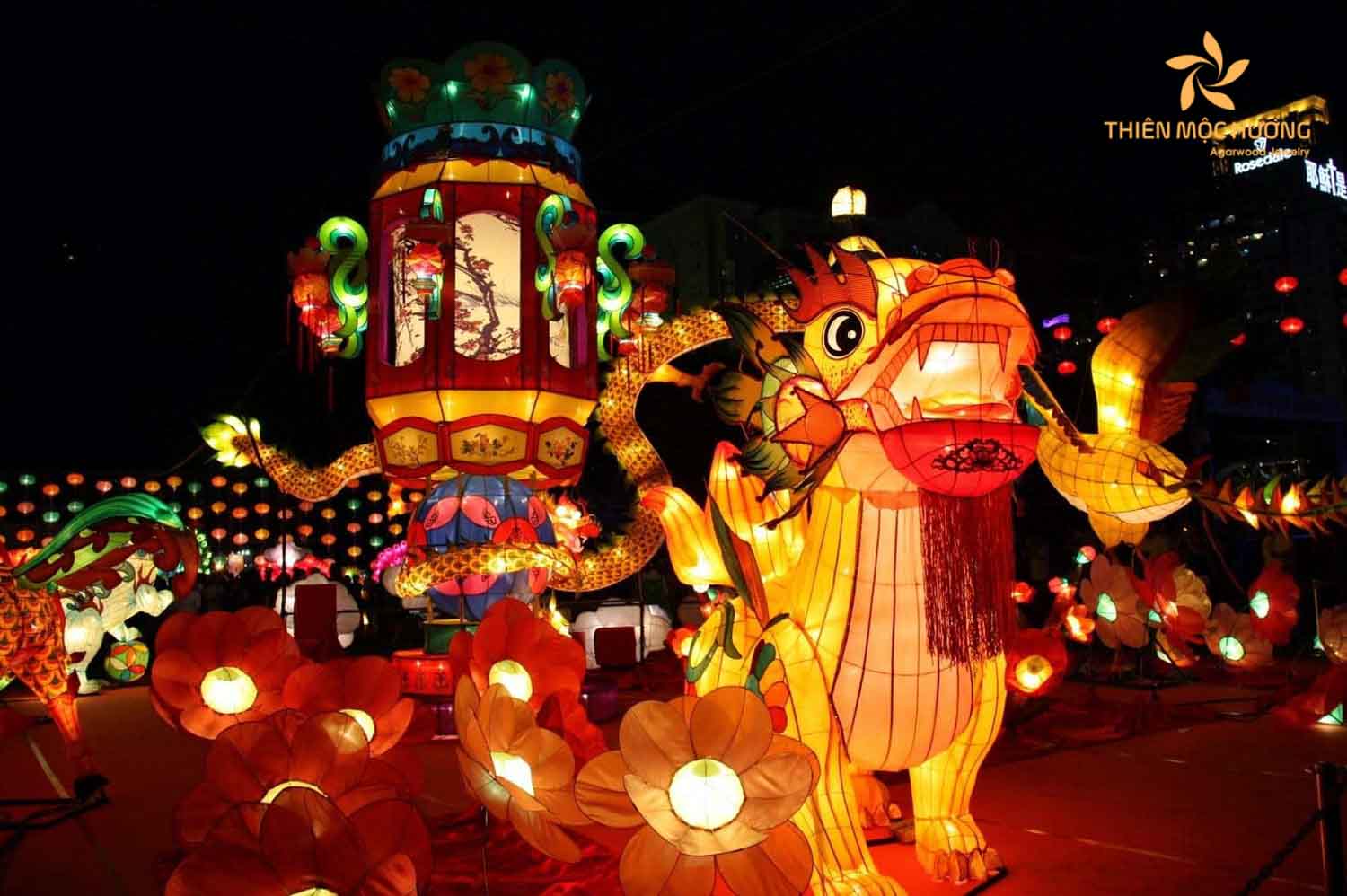
Conclusion
The Mid-Autumn Festival holds significant meaning regardless of the era. It embodies care, gratitude, friendship, reunion, and love. Hopefully, after reading this article, you will have a clearer understanding of the origins and significance of the Mid-Autumn Festival.
(222)
